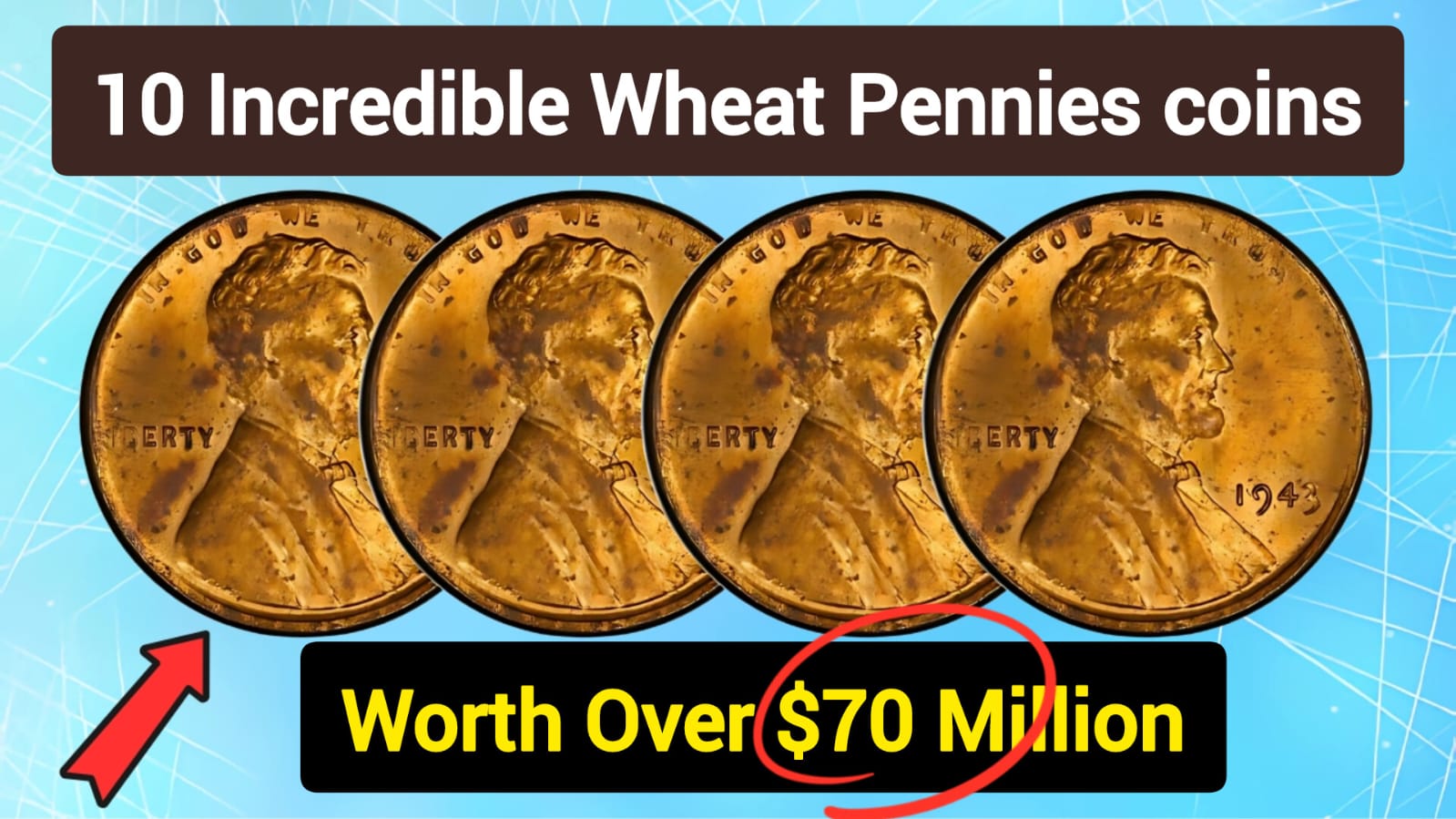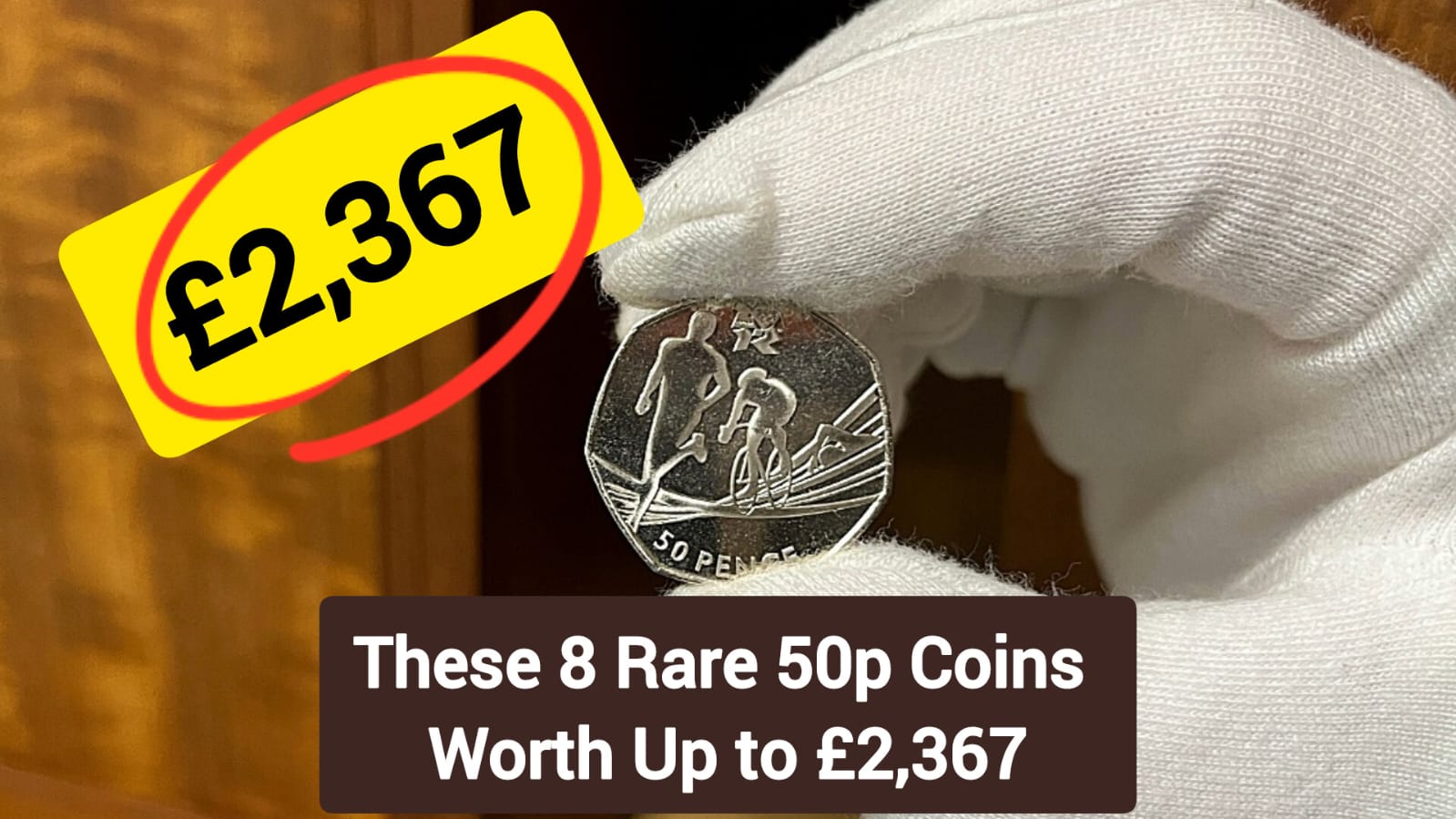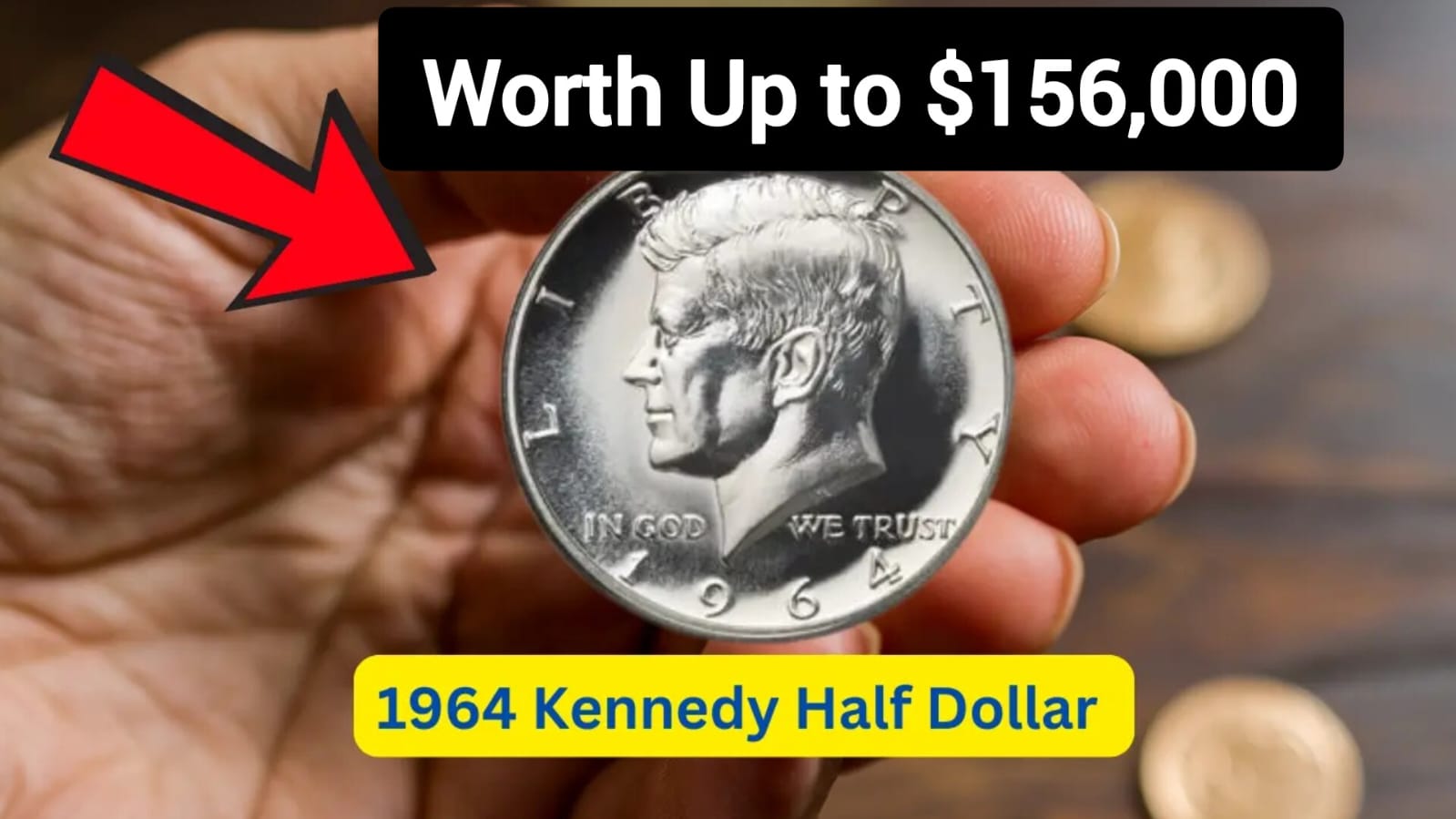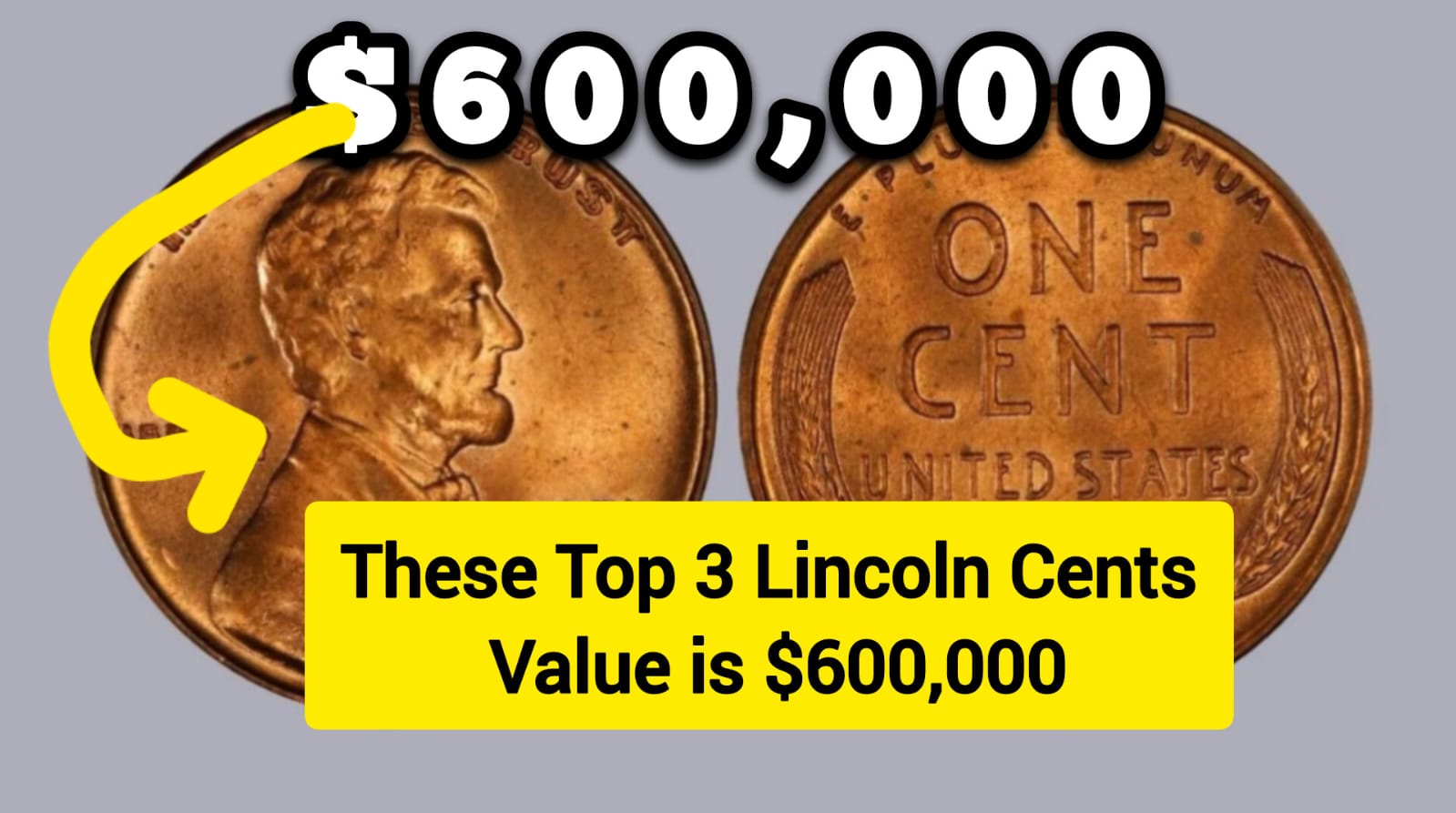Wheat Pennies: Have you ever wondered if that old penny at the bottom of your coin jar could be worth a fortune? Well, it just might be! The numismatic world is buzzing with excitement over certain Lincoln Wheat Pennies that have skyrocketed in value.
These small copper coins, minted between 1909 and 1958, have become some of the most sought-after treasures in American coin collecting. While most pennies are worth exactly one cent, some rare specimens could be valued at millions of dollars—with the combined value of the top 10 rarest wheat pennies exceeding $70 million!
What makes this possibility so tantalizing is that some of these valuable coins are still in circulation. That’s right—these pennies could be hiding in plain sight in your spare change, coin collection, or even that dusty jar of coins passed down from your grandparents.
Let’s dive into the fascinating world of these incredible wheat pennies and discover what makes them so extraordinarily valuable.
What Makes Wheat Pennies So Valuable?
Before we explore the most valuable specimens, it’s important to understand what drives the value of these seemingly ordinary coins. Lincoln Wheat Pennies, named for the wheat stalks design on their reverse side, have several factors that can make them worth far more than their face value:
Rarity: The fewer examples that exist, the more valuable a coin becomes. Low mintage numbers or coins that were mostly melted down create scarcity that collectors crave.
Minting Errors: Mistakes during production—like doubled dies, off-center strikes, or wrong planchets (metal blanks)—can transform an ordinary penny into a valuable error coin.
Historical Significance: Coins tied to important events or representing transitional designs often attract premium prices from collectors interested in American history.
Condition: Coins in “mint state” or uncirculated condition fetch premium prices. Professional grading services rate coins on a 70-point scale, with higher grades commanding significantly higher prices.
Think of these factors as ingredients in a recipe—the more present in a single coin, the higher its potential value. Now, let’s examine the ten most valuable wheat pennies that could be hiding in circulation today.
The Top 10 Most Valuable Wheat Pennies
1. 1943 Copper Penny: The Million-Dollar Mistake
The crown jewel of wheat pennies is undoubtedly the 1943 Copper Penny. During World War II, copper was needed for the war effort, so the U.S. Mint switched to zinc-coated steel for pennies.
However, a few copper planchets from 1942 were accidentally left in the presses and struck with 1943 dies.
With only about 20 known examples in existence, these pennies have sold for between $1 million and $1.75 million at auction. Finding one would be like discovering a winning lottery ticket in your pocket!
How to identify it: Use a magnet—the 1943 steel pennies will stick to it, while the valuable copper ones won’t.
2. 1944 Steel Penny: The Reverse Error
Just as some 1943 pennies were mistakenly struck in copper, a few 1944 pennies were accidentally made using leftover steel planchets from 1943. With only about 30 known examples, these rare error coins can fetch up to $500,000 in excellent condition.
How to identify it: Again, the magnet test is your friend. A 1944 penny that sticks to a magnet is likely one of these valuable steel specimens.
3. 1955 Doubled Die Penny: The Famous Error
The 1955 Doubled Die Penny is perhaps the most famous error coin in American numismatics. During the minting process, the die used to strike these pennies was improperly aligned between impressions, causing a noticeable doubling effect on the obverse side.
This doubling is most visible in the date, the word “LIBERTY,” and the motto “IN GOD WE TRUST.” With values ranging from $1,000 for worn specimens to over $125,000 for pristine examples, this is one error worth looking for.
4. 1909-S VDB Penny: The Designer’s Legacy
The 1909-S VDB penny represents the first year of Lincoln cent production and carries designer Victor David Brenner’s initials (VDB) on the reverse.
Only 484,000 were minted at the San Francisco Mint before public controversy over the prominence of the designer’s initials led to their removal.
These historic pennies can sell for $600 in worn condition to over $100,000 for perfect specimens. Their historical significance and limited mintage make them highly desirable to collectors.
5. 1914-D Penny: The Key Date
The 1914-D Lincoln cent is considered a “key date” in the Lincoln cent series due to its low mintage of just 1,193,000 coins. Most were released into circulation and heavily used, making well-preserved specimens extremely rare.
These pennies can fetch between $200 for well-worn examples to over $160,000 for those in mint condition.
6. 1922 No D Penny: The Missing Mint Mark
In 1922, Lincoln pennies were only supposed to be produced at the Denver Mint, meaning all should have a “D” mint mark. However, due to worn and filled dies, some 1922 pennies were struck without the mint mark, creating what collectors call the “1922 Plain” penny.
These no-mint-mark pennies are quite rare and can be worth up to $50,000 in excellent condition.
7. 1917 Doubled Die Penny: The Overlooked Rarity
The 1917 Doubled Die Wheat Penny is highly sought after by specialists and advanced collectors. Only about 200 specimens are known to exist, making it one of the rarest doubled die varieties in the Lincoln cent series.
The doubling is most noticeable around the motto “IN GOD WE TRUST” and the date. One red example graded MS67 sold at auction for an impressive $120,000.
8. 1909-S Penny: The First-Year Rarity
While not as famous as its VDB counterpart, the 1909-S (without VDB) is still a valuable coin due to its low mintage of about 1.8 million. Red-colored examples in gem condition are particularly valuable, with some selling for up to $69,000.
9. 1931-S Penny: The Depression-Era Gem
With a mintage of just 866,000 coins, the 1931-S is one of the lowest mintage Lincoln cents. Minted during the Great Depression, many were saved by collectors, but finding one in high-grade condition is still challenging.
These pennies can sell for $70 in circulated condition to over $18,600 for pristine examples.
10. 1877 Indian Head Penny: The Classic Rarity
While technically not a wheat penny (it’s from the previous Indian Head series), this coin is often found alongside wheat pennies in old collections. With a mintage of just 852,500, it’s one of the rarest pennies of the late 19th century.
These pennies can range from $900 for heavily worn specimens to over $25,000 for those in mint condition.
How to Identify Valuable Wheat Pennies
Now that you know what to look for, here’s a handy reference table to help you identify these valuable coins:
| Penny Type | Year | Key Identifying Features | Estimated Value Range |
|---|---|---|---|
| Copper Penny | 1943 | Copper color, doesn’t stick to magnet | $1,000,000 – $1,750,000 |
| Steel Penny | 1944 | Silver color, sticks to magnet | $100,000 – $500,000 |
| Doubled Die | 1955 | Visible doubling in lettering and date | $1,000 – $125,000+ |
| S VDB Penny | 1909 | “S” mint mark, “VDB” on reverse | $600 – $100,000+ |
| D Penny | 1914 | “D” mint mark under date | $200 – $160,000 |
| No D Penny | 1922 | Missing “D” mint mark | $500 – $50,000 |
| Doubled Die | 1917 | Doubling in “IN GOD WE TRUST” | $14,950 – $120,000 |
| S Penny | 1909 | “S” mint mark, no VDB | $1,700 – $69,000 |
| S Penny | 1931 | “S” mint mark, low mintage | $70 – $18,600 |
| Indian Head | 1877 | Indian head design, not wheat | $900 – $25,000+ |
Tips for Finding Valuable Wheat Pennies
Want to try your luck at finding these valuable coins? Here are some practical strategies:
- Check Your Change: Always examine the pennies you receive in everyday transactions.
- Search Through Old Collections: Look through inherited coin jars, piggy banks, and collections from relatives.
- Coin Roll Hunting: Purchase rolls of pennies from banks and methodically search through them.
- Estate Sales and Flea Markets: Old coins often turn up at estate sales, garage sales, and flea markets, sometimes sold by people unaware of their true value.
- Use a Magnifying Glass: Many valuable features are small and require close inspection. A simple magnifying glass can help you spot doubling, mint marks, and other important details.
Remember, finding a valuable coin is like finding a needle in a haystack—it requires patience, persistence, and a bit of luck!
Conclusion
The world of rare wheat pennies offers a fascinating blend of history, artistry, and the thrill of the hunt. While the chances of finding a million-dollar penny in your pocket change are admittedly slim, these valuable treasures do exist, and new discoveries are made regularly by attentive individuals.
What makes this hobby so accessible is that anyone can participate—you don’t need special equipment or expertise to start checking your change for valuable pennies. All you need is a basic understanding of what to look for and the patience to examine the coins that pass through your hands.
So, the next time you receive change or come across an old jar of pennies, take a moment to look through them carefully. You never know—that humble Lincoln Wheat Penny might just be your ticket to a life-changing discovery. After all, in the world of numismatics, ordinary objects sometimes hide extraordinary value.
FAQs About Valuable Wheat Pennies
1. How can I tell if my 1943 penny is the valuable copper version? Use a magnet—if the penny sticks to it, it’s the common steel version. If it doesn’t stick, it might be copper. Also, copper pennies will have a distinctive brownish color and weigh approximately 3.11 grams, while steel pennies weigh about 2.7 grams and have a silvery appearance.
2. Should I clean my old pennies to better see the details? Absolutely not! Cleaning can significantly reduce a coin’s value, even if it appears dirty. Professional collectors prefer coins with original surfaces, even if toned or tarnished. If you need to examine a coin more closely, use good lighting and a magnifying glass instead of cleaning it.
3. Are all wheat pennies valuable? No, most wheat pennies in circulated condition are worth only a few cents each. Only specific dates, mint marks, errors, or pennies in exceptional condition command high prices. However, even common wheat pennies are worth more than their face value due to their copper content.
4. Where can I get my rare penny authenticated? If you believe you have a valuable coin, consider having it authenticated and graded by a professional service like PCGS (Professional Coin Grading Service) or NGC (Numismatic Guaranty Corporation). These organizations will encapsulate your coin in a tamper-proof holder and assign it a grade that helps determine its value.
5. What should I do if I find a valuable wheat penny? If you discover what you believe to be a valuable penny, handle it carefully by the edges, place it in a protective holder (not PVC plastic), and consult with a reputable coin dealer or professional grading service. Avoid cleaning the coin or showing it widely until you’ve confirmed its authenticity and value.
$250 + $750 boost Centerlink Pension Payments – check who Qualifies and How to Get It ?
8 Rare Bicentennial Quarters Worth Over $270 Million Each – Check Your Pocket



